Dravyaguna is interpreted as clinical pharmacology since the most o the Ayurvedic drugs were initially evaluated only in human beings. Seers of Ayurveda have collected the information regarding the clinical usage of several herbs from cowherds, shepherds, tribals and other forest dwellers and they never felt the necessity of evaluating their activity in animals. Dravyaguna encompasses the information of all other allied fields of pharmacology like: Namarupa Vijnanam-Pharmacognosy (the science of identification of drugs).Gunakarma Vijnanam-Pharmacodynamics (mechanism of drugs action) & Pharmacokinetics (study of absorption, distribution, metabolims and excretion of drugs)Amayikaprayoga Vijnanam-Therapeutics (branch of medicine concerned with cure of disease or relief of symptoms).Kalpana Vijnanam-Pharmacy (science of selection, students of Ayurveda is to provide a rational basis for choosing or using drugs skillfully to relieve ailments of the patient population. The modern pharmacology is traditionally associated with the study of drugs in different animals like dogs, monkeys, cats, rabbits, rats etc. Whereas the clinical pharmacology involves the study of various aspects of drug action and metabolism in humans, both in health and disease. The ultimate aim of pharmacological studies in animals is to find out a therapeutic agent suitable for clinical evalutation in man. The animal models (cat, rat etc.) cannot act as an ideal model of human being. The drug has to be carefully evaluated in human being for its safety and efficacy before it is accepted for therapeutic use. Majority of the drugs that are currently used in modern medicine are synthetic where as the Ayurvedic therapeutics mainly employ plant-based medicines (oudbhija) along with metals & mineral (parthiva) and animal products (jagama drawya). Among the plant products, the important pharmacologically active principles (utkrishta guna-sampanna dravyamsha) are- (a) alkaloids (basic substances containing cyclic nitrogen) (b) glycosides (a combination of sugars with other organic structures) (c) glucosides (glycoside which yields glucose on acid hydrolysis) (d) oils (fixed or volatile) (e) resins (formed by oxidation of volatile) oils which are insoluble in water but soluble in alcohal) (f) gums (dispersible in water) (g) tannins (precipitate proteins from the cells and are non-nitrogenous).
Ayurvediya Rasashastra
$32.40
$36.00

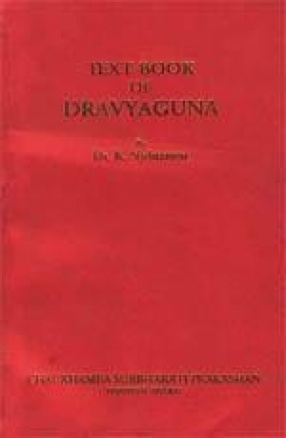
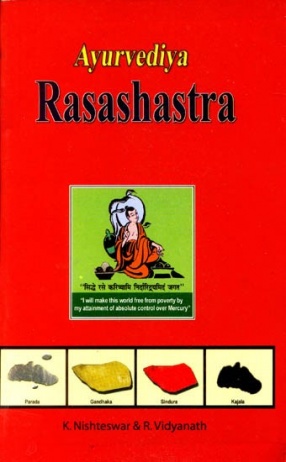
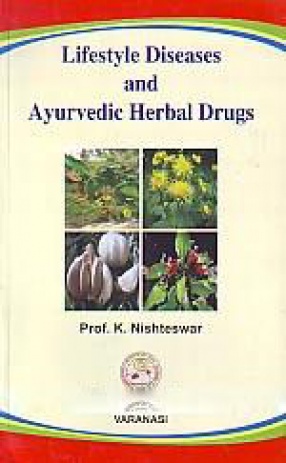

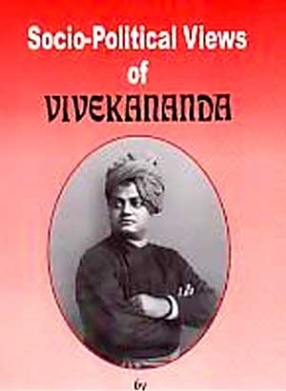

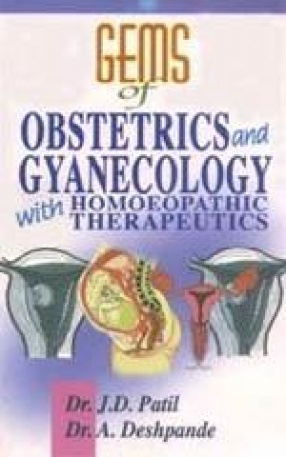
There are no reviews yet.